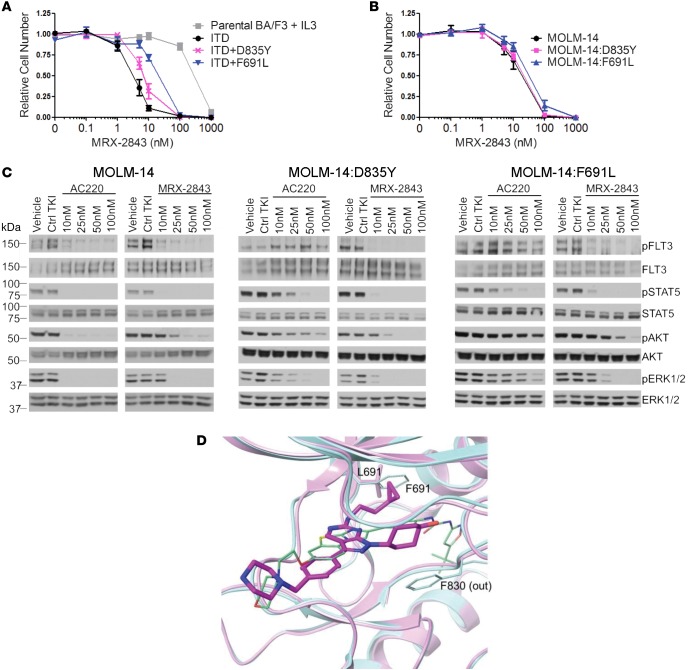Figure 6. MRX-2843 retains activity against clinically relevant quizartinib-resistant FLT3 mutant proteins.
(A) BA/F3 cells expressing FLT3-ITD or an FLT3-ITD mutant (D835Y or F691L) were cultured in the absence of IL-3 and treated with the indicated concentrations of MRX-2843. After 48 hours, CellTiter-Glo reagent was added to cultures, and absorbance was determined as an indicator of viable cell numbers relative to vehicle-treated controls. Cultures grown in the presence of IL-3 are shown for reference (Parental BA/F3 + IL-3). Each condition was assessed in triplicate, and mean values and standard errors were derived from 3 independent experiments. (B) WT MOLM-14 and derivative cell lines expressing a D835Y- or F691L-mutant FLT3-ITD were cultured in the presence of MRX-2843, and relative numbers of viable cells were determined as above. (C) MOLM-14 and derivative cell lines were cultured in the presence of MRX-2843, quizartinib (AC220), vehicle (DMSO), or a nontargeting control TKI for 1 hour, and signaling effectors downstream of FLT3 were detected by immunoblot analysis as described in Figure 3B. (D) Structural model of MRX-2843 (thick bars) and quizartinib (thin bars) bound to the FLT3 F691L mutant (magenta) and FLT3 WT (cyan). Positions of F691 (the gatekeeper) and F830 (part of the DFG-out motif) are indicated. Ctrl TKI, control tyrosine kinase inhibitor; FLT3, FMS-like tyrosine kinase 3; ITD, internal tandem duplication; p, phosphorylated.

